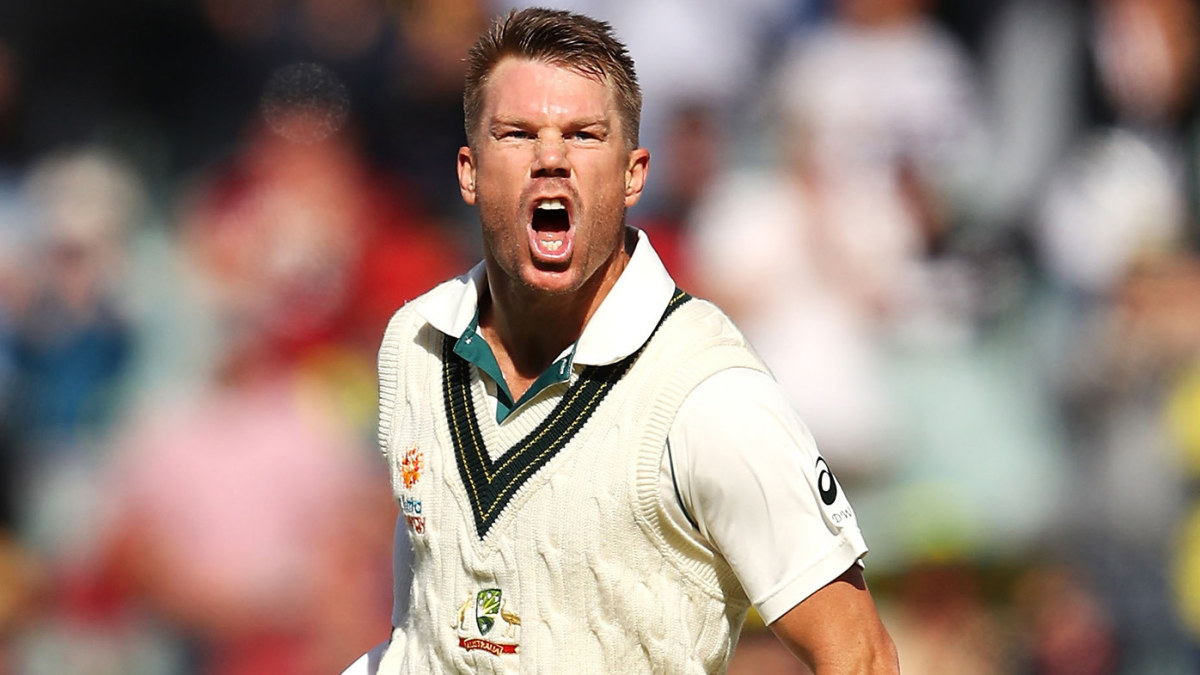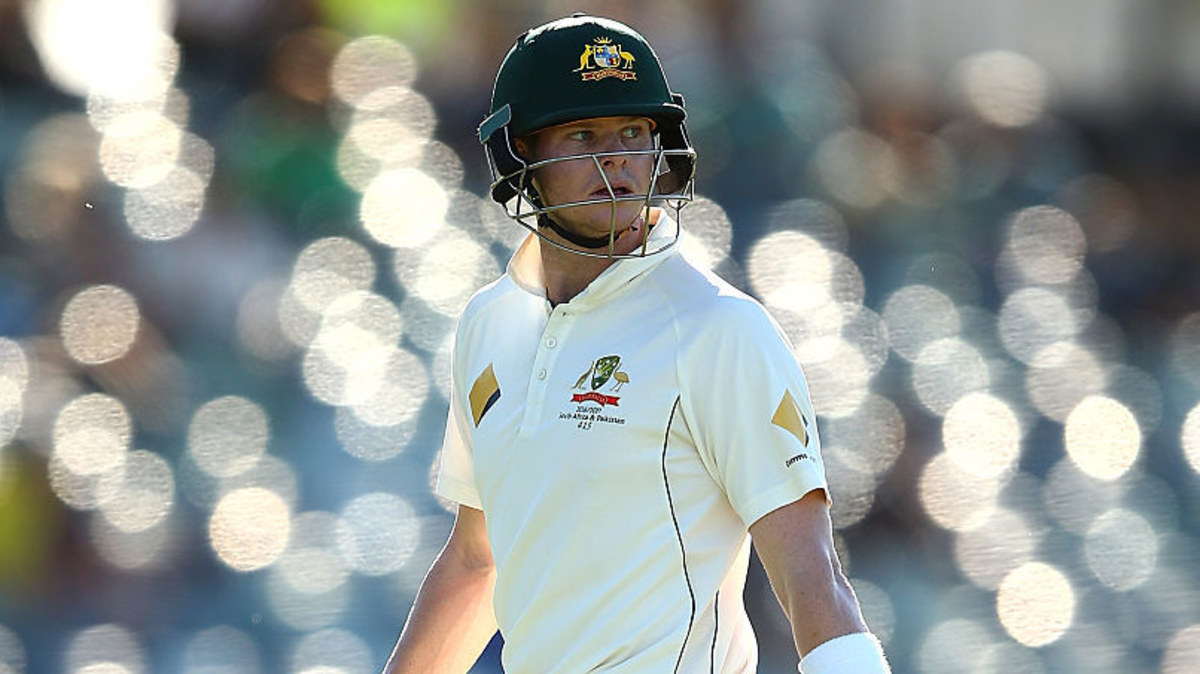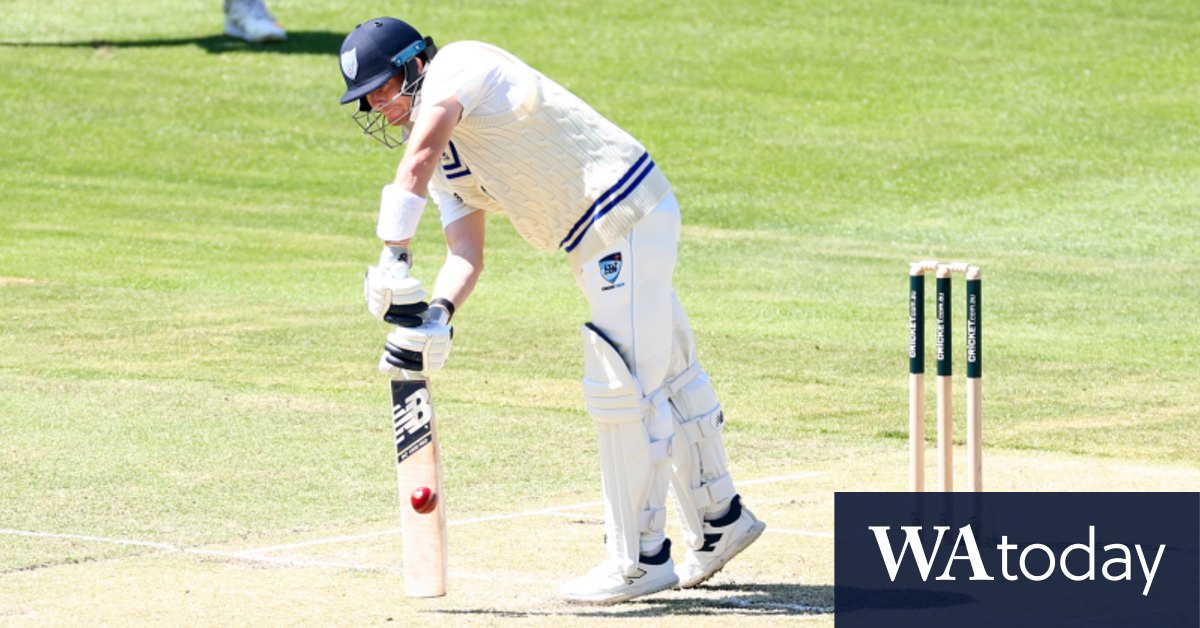‘Extreme talent’: Ponting says young gun is the future of Australian cricket – so why can’t he get a game at Shield level?

- by Admin
- October 21, 2024

Until Sam Konstas raised his hand a fortnight ago, any debate surrounding the identity of Australia’s brightest batting prospect seemed to arrive at the same unanimous conclusion.
“No one in Australia is better to watch than [Jake] Fraser-McGurk,” Glenn Maxwell tweeted about his likely successor.
“Easily the most talented young batter in the country. His potential doesn’t actually have a ceiling.”
Maxwell’s viewpoint was endorsed by no less a judge than Ricky Ponting, who coaches Fraser-McGurk at IPL franchise Delhi Capitals.
“He’s an extreme talent,” Ponting said of the 22-year-old. “He’s a ball-striking talent … he’s as clean a striker as I think I’ve ever seen.”
Fraser-McGurk’s ODI skipper Mitch Marsh concurred: “We know he’s an exciting talent and he’s got a big future … within our team environment, there’s no pressure on Jake to do anything. He doesn’t need to prove to anyone that he’s good enough at this level.”
All of which raises the question of why, two rounds into the Sheffield Shield season, Fraser-McGurk is yet to make an appearance for his adopted state side, South Australia.
The dashing right-hander they call “Rooster” has not played at professional level since the last T20 clash with England in Cardiff on September 13 – five weeks ago – when he blasted 50 from 31 balls batting at No.3.
It was exactly the type of innings that could have provided him with a massive springboard to launch into the domestic summer.
But instead of lining up for SA in their opening Shield clashes with NSW and Queensland, the man responsible for the fastest List A century in history (off just 29 balls) was playing for West Torrens in the Adelaide district competition last weekend.
And just to reaffirm the time-honoured adage about cricket being a great leveller, he was dismissed for a golden duck.
Nonetheless, the question remains: if Fraser-McGurk is as good as everyone believes, then why on earth isn’t he considered worthy of a spot in the best 11 cricketers in South Australia?
One quick glance at his red-ball statistics partly answers that. After 16 first-class matches, he averages only 18.96. Last season he played eight Shield games and delivered 313 runs at 19.56, with a maiden century comprising the bulk of that tally.
So it could be argued that, on numbers alone, Fraser-McGurk simply doesn’t warrant a spot.
Jake Fraser-McGurk. (Photo by Matt King/Getty Images)
That’s all well and good until you consider Ponting’s recent observation that Fraser-McGurk “in the future can be a three-format player for Australia”.
Hence we have a dilemma unfolding, and if Fraser-McGurk is not careful, he could soon be pigeon-holed as a T20 gun for hire, along the lines of Tim David.
David is presumably not complaining about his lot in life.
The 28-year-old has bludgeoned his way into Australia’s T20 and (occasionally) ODI sides and earned millions of dollars from franchises around the world, yet he’s never played a red-ball match in his professional career.
That might not worry him, or his bank manager, in the slightest.
Does Fraser-McGurk really want to continue down the same path, whereby he’s earning huge money to face 15 or 20 balls a game? Or does he instead want to live the Baggy Green dream that has no doubt inspired him since he first picked up a bat?
It’s a complex issue, because it’s not necessarily Fraser-McGurk’s choice. Rest assured that next time Australia’s selectors name a squad for a white-ball series, he’ll be in it. But if he continues to be overlooked for Shield selection, how long before he tosses his creams in the whizbin and starts chasing a dollar as a globetrotting T20 mercenary?
In complete contrast, Konstas is yet to play a short-format match for NSW. He’s made six Shield appearances – catching attention with his twin tons against South Australia two weeks ago – and is already being discussed as a potential bolter for the blockbuster Test series against India.
Just turned 19, Konstas appears to have all the shots but NSW selectors are clearly in no rush to unleash him in pyjama cricket. Judging by his current rate of progress, however, he is unlikely to be waiting long for that opportunity.
As AC/DC famously observed, it’s a long way to the top, and there are many different routes to get there.
Fraser-McGurk and Konstas, two young men blessed with similarly prodigious levels of talent, have been directed to follow vastly divergent paths.
How they develop remains to be seen.
Scheduling will undoubtedly play a part. How does Cricket Australia organise its summer to ensure its best players are on deck not just for international fixtures, but also the three domestic competitions?
The stronger the standard of competition, the better young tyros like Fraser-McGurk and Konstas will be prepared for the next level. Yet too regularly Australia’s first-choice stars will rest between internationals, rather than turning out for their respective states.
More often than not these days, the Shield is a second-rate competition. Meanwhile, appearances by the national-team big guns in the BBL are few and far between.
So the fixture list is an annual conundrum. Perhaps it’s time for Cricket Australia to prioritise player development, rather than TV revenue, when locking in its schedule each year.
But regardless of when, where and how games are played, the fate of every player at every level is in the hands of the men who pick their teams.
They can make or break careers over a Zoom call.
I have an uneasy feeling that if and when Jake Fraser-McGurk makes his Test debut for Australia, it will be despite the selectors, not because of them.
The Latest News
-
October 22, 2024Report Reveals Australia Needs to Boost AI and Cyber Skills – Australian Cyber Security Magazine
-
October 22, 2024‘It could be a big year’: Boomers legend backing Ben Simmons to return to basketball’s elite after ‘debilitating’ injury run
-
October 22, 2024How Simmons can win back the fans’ trust, and why Giddey can be a hit in Chicago
-
October 22, 2024‘Why not Bison-ball?’: Aussie great Brett Lee floats Marsh as ‘super aggressive’ opener option
-
October 22, 2024Here’s why every Australian can request, and receive, a free portrait of King Charles





